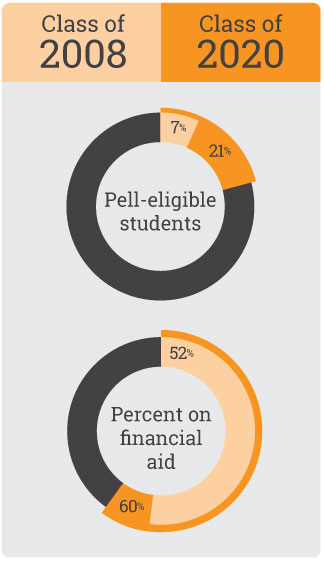
The Class of 2020 reflects Princeton's ongoing commitment to increase the socioeconomic diversity of undergraduates. Twenty-one percent of the Class of 2020 is eligible for Pell grants for low-income students, compared with 7 percent of Pell-eligible students in the Class of 2008. Sixty percent of the Class of 2020 is on financial aid, compared with 52 percent in the Class of 2008. (Graphics by Kyle McKernan, Office of Communications)
Princeton University now has one of the highest percentages of Pell-eligible students among the nation's most selective colleges and universities, with 21 percent of the freshman Class of 2020 eligible for the federal grants that are awarded to low-income students. The percentage of Pell-eligible freshmen is triple that of the Class of 2008.
"Socioeconomic diversity is critical to this University's mission," Princeton President Christopher L. Eisgruber said. "To achieve excellence, we must draw upon the talents of students from all backgrounds. And to serve society, we must help to bridge the economic gaps that divide our country and our world."
He added: "Research consistently shows that a college education is the single most powerful factor for enabling young people to achieve social mobility. A Princeton education is a rocket-booster for talented students from low-income backgrounds."
Eisgruber praised the offices of admission, financial aid, the dean of the college and the vice president for campus life for supporting students during "what is probably the greatest transformation of Princeton's undergraduate student body since coeducation. Over recent decades we have significantly diversified our student body in many respects, and the substantial increase in Pell-eligible students reflects our continuing commitment to attract and enroll students from a broad range of socioeconomic backgrounds. This is a core value of our University, and it is made possible, in part, by a financial aid program that makes Princeton affordable to students at all income levels."
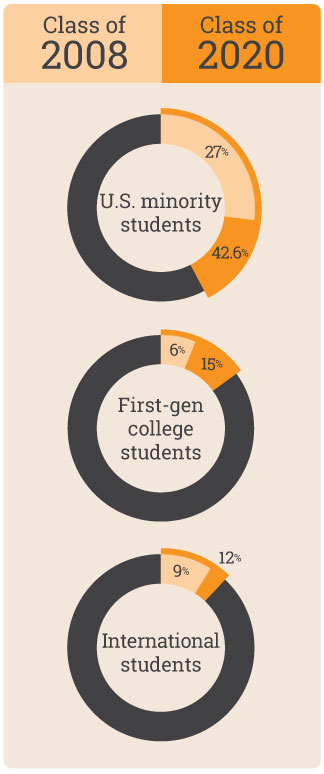
The University is committed to making a Princeton education accessible and affordable to a greater range of students, including those who are first-generation college students.
Sixty percent of the Class of 2020 receives financial aid. Aid packages provide grants, which do not have to be repaid and do not require loans. This allows Princeton students to graduate debt free. In fact, 84 percent of recent seniors graduated with no debt.
For the Class of 2020, grants for students with family incomes up to $65,000 covered 100 percent of their tuition, room and board, while students with family incomes up to $140,000 make a contribution toward room and board but typically pay no tuition. Princeton also provides support for other expenses, such as application fee waivers for low-income applicants and a move-in allowance to help lower-income students transition to Princeton.
"Princeton's financial aid program covers the full cost of my education with grants, generously requiring no contribution from my parents," said Nora Niazian, Class of 2017. "As I start my final year at Princeton and look forward to life after college, I am so thankful that I have received such an incredible education and get to come out of it debt free."
Lukas Novak, Class of 2018, said he was not sure if he could afford college when he was applying to schools.
"College never seemed in the cards; the money just wasn't there," Novak said. "Princeton's financial aid offer struck me like a lightning bolt — my hope skyrocketed when I saw that I could go to college, and that it wouldn't be a burden on anyone I loved."
As Princeton has become more diverse, Dean of the College Jill Dolan said the University also has created more support structures and resources to help all students thrive on campus. For example, during the Freshman Scholars Institute (FSI), approximately 80 incoming students spend seven weeks on campus during the summer to experience Princeton's academic and co-curricular environment before the fall semester begins.
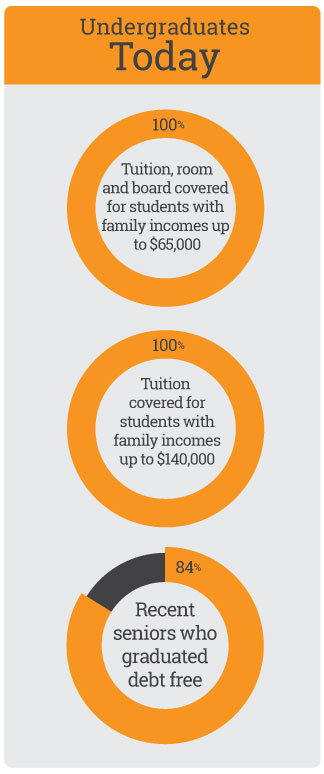
The University's generous financial aid program provides grants, which do not have to be repaid, and do not require loans. This makes Princeton affordable for any student who is admitted and allows Princeton students to graduate with no debt. For students with family incomes up to $65,000, the full 100 percent of tuition, room and board is covered by financial aid.
The University also launched a Scholars Institute Fellows Program (SIFP) to support low-income and first-generation college students throughout their four years at Princeton, providing mentorship programs, academic workshops, peer-to-peer networks and other resources for navigating college life. Approximately 15 percent of the Class of 2020 are the first in their families to attend college.
"Our programs are important because they provide academic mentorship and community-building opportunities to lower-income and first-generation students, which enable our students to thrive at Princeton," Dolan said.
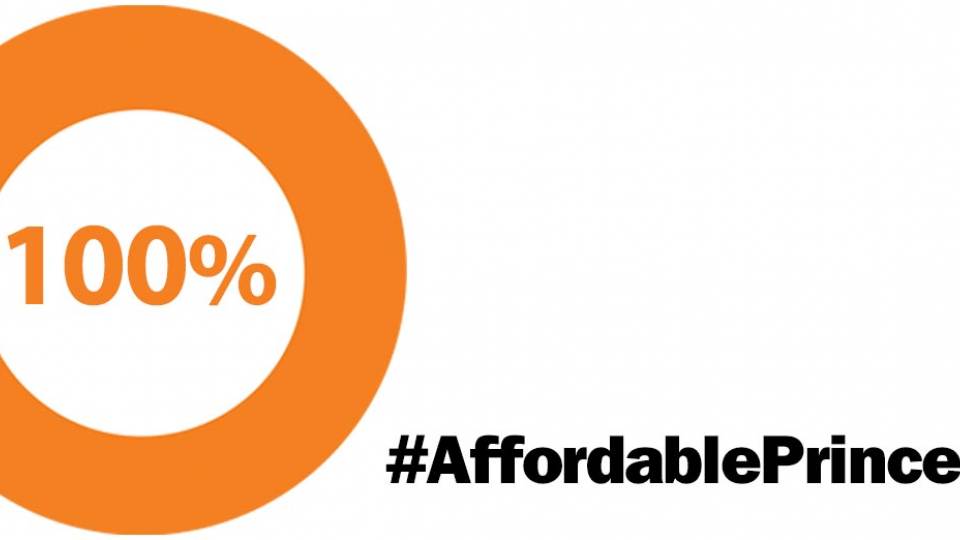
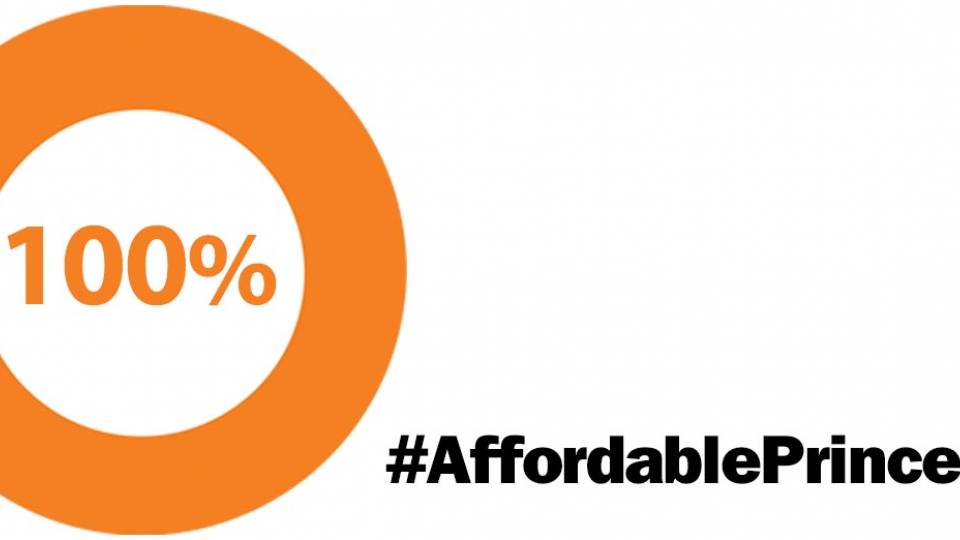
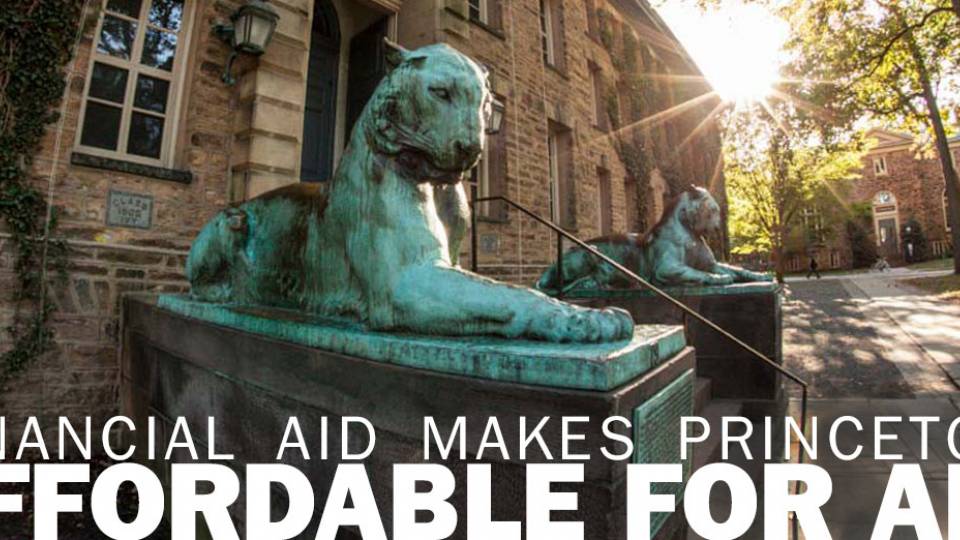
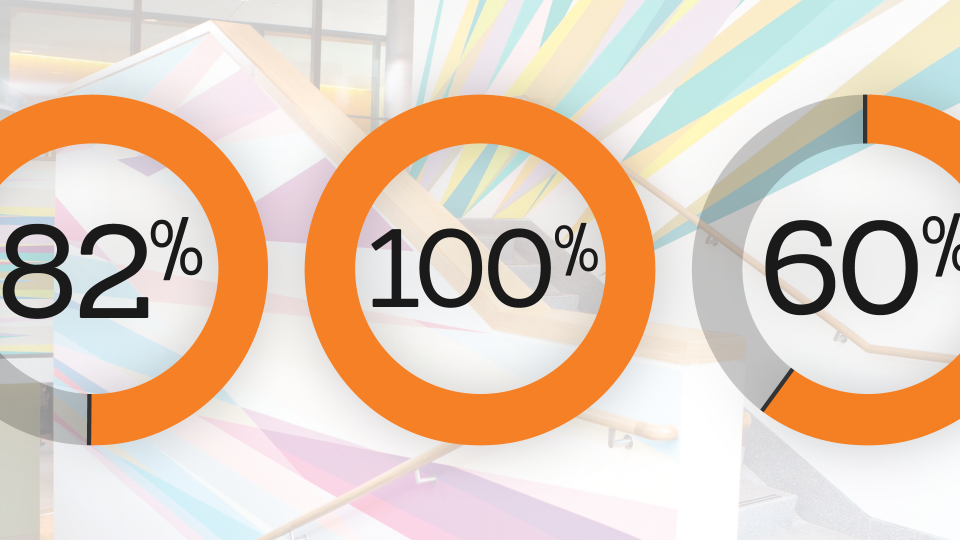
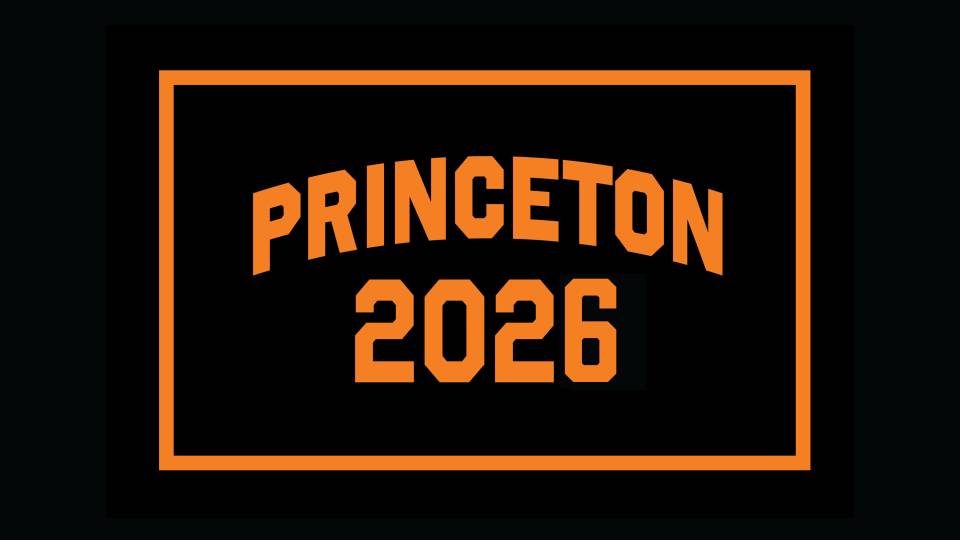
![Princeton Budget Report: “Gross Family Income = $0-65,000 Average Grant* = $60,375 *Does not have to be repaid; What it covers: Full tuition, room and board [Financial Aid for Admitted Students (Class of 2020)]”](/sites/default/files/styles/half_1x_crop/public/images/2016/04/pricom_WhatItCovers_homepage.jpg?itok=jIyD9zJ1)
